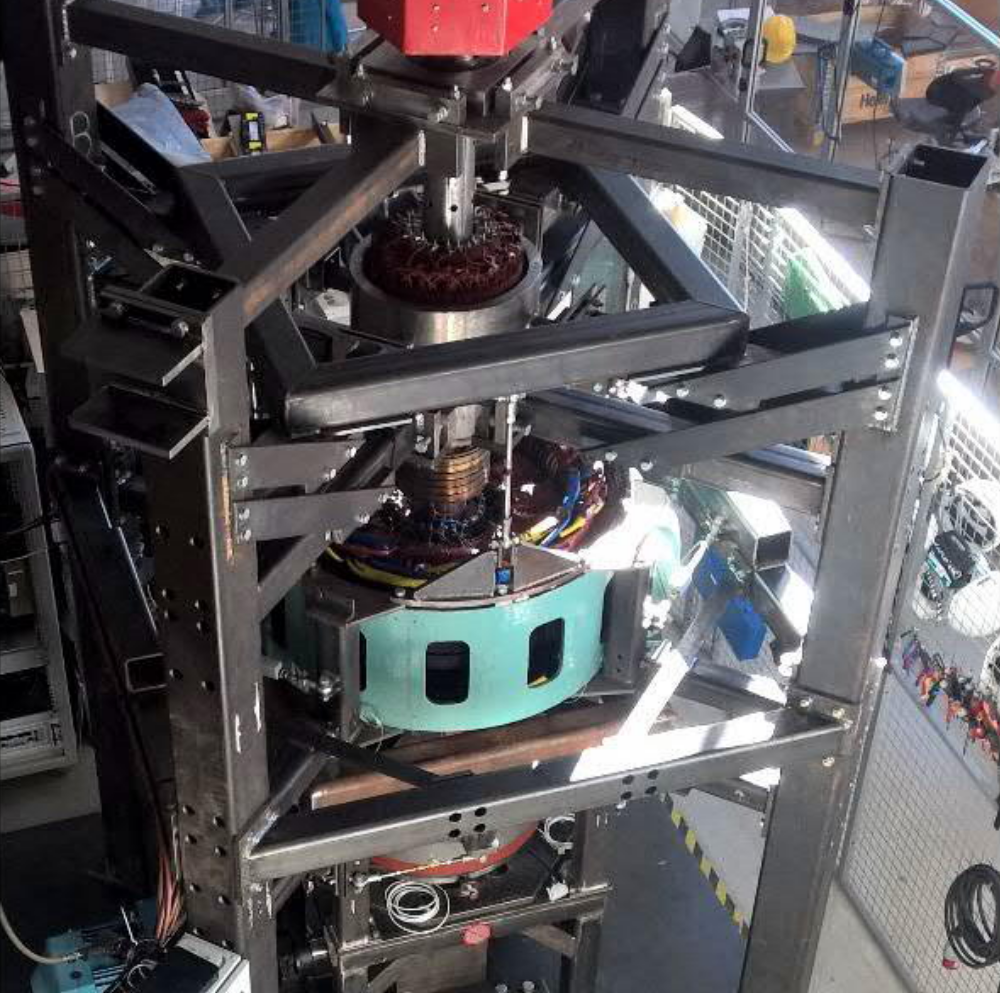Task 4.3 Power electronic interface
The inverter for the hydro generator provides substantial new possibilities for a flexible driving of the whole electric drive train system, and accordingly the generator and the inverter will in this project be derived in parallel. For the power electronic converter, multilevel converters such as the NPC in a 3 and 5-level set-up, as well as a MMC set-up, are to be compared with a classical 2 level converter.
Component selections will be made-, here the electric generator design plays an important role giving various amounts of reactive power needed and accordingly various sizes of the power electronic semiconductors. Apart from Si IGBT’s also the consequence of using SiC Mosfets will be investigated. The effect of the ripple induced by the switching on the inverter as well as on the dc-link capacitor, also accounting for the consequence of switching losses are to be investigated. Moreover, control algorithms fulfilling the requirements from WP3 will be derived. Finally, the control speed of the inverter-generator system will be investigated for being utilized in various ancillary service actions, such as reactive power steps, and transition from generating power to absorbing energy for storing (i.e. pumping power).
Deliverables and milestones
D4.5 Converter sizing and main circuit component selection for the application
Milestones:
- MS19 – Converter dimensioning decision
D4.5 Efficiency comparison of 2-level and multi-level converter
Milestones
- MS20 – Choice between tested control algorithms made
- MS21 – Converter efficiency and function check-up

©Uppsala University
